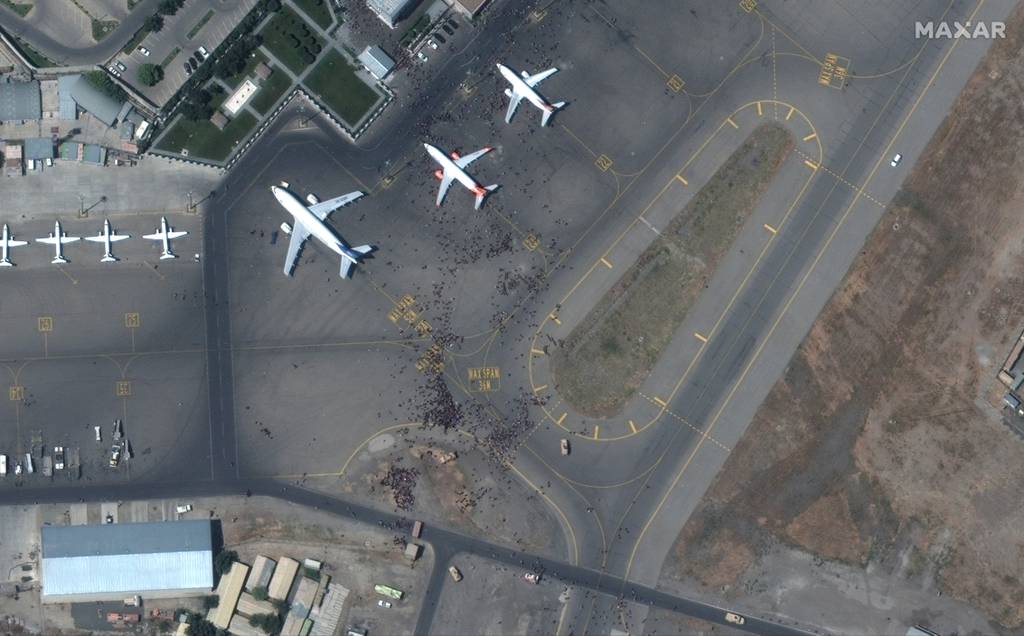WASHINGTON — The National Reconnaissance Office is turning to industry for more satellite imagery, issuing a Nov. 3 request for proposals that could see contracts awarded in early 2022.
The NRO has long been charged with developing, building and operating the nation’s fleet of spy satellites, but it was only recently made responsible for acquiring satellite imagery from commercial providers. That task had been the National Geospatial-Intelligence Agency’s job, but the responsibility was passed to the NRO in 2017.
The NRO then began looking into how commercial services could best fulfill the intelligence community’s needs, issuing several study contracts beginning in 2019 that allowed the agency to assess commercially available capabilities.
Now, more than two years after the first study contracts were issued to Maxar, BlackSky and Planet, the agency has officially issued a request for proposals. The solicitation refers to the new program as the Electro-Optical Commercial Layer.
“The EOCL RFP is the culmination of months of collaboration with our stakeholders and is critical to meeting the needs of the national and military intelligence community,” Troy Meink, principal deputy director of the NRO, said in a statement.
Commercial Systems Program Director Pete Muend said the solicitation is only open to U.S.-owned and operated companies, which he said was driven by the agency’s desire to foster growth within the domestic imagery market.
“Global competition in commercial remote sensing is fierce, and while a growing number of U.S. companies are at the forefront, they are not alone,” Muend said in a statement. “We want to ensure that our U.S. industrial base is and remains competitive so they can continue to provide operational support to the IC and [the Department of Defense] in support of national security.”
The agency wouldn’t say how many contracts are up for grabs, how much money was allocated for the Electro-Optical Commercial Layer effort, nor how much imagery it intends to acquire through the program. Muend did say the agency currently consumes about 50,000 commercial images per week.
The agency’s primary source of commercial imagery is the EnhancedView contract, which the NRO inherited from the NGA and then extended. The new contracts are intended to improve upon EnhancedView. For example, they will emphasize common licenses that will enable easier, more standardized imagery dissemination.
“This next generation of commercial imagery contracts will be unique in many ways,” Muend said. “These commercial contracts are designed to afford broad levels of shareability and user-friendly license conditions that enable greater access to and utilization of commercial imagery by a diverse user community.”
While this first solicitation is specifically for traditional electro-optical imagery, the NRO is interested in using other phenomenologies under development by commercial providers. Following the initial 2019 study contracts to electro-optical imagery providers, the agency also issued study contracts for hyperspectral imagery, synthetic aperture radar and radio frequency remote sensing.
The NRO followed those up in October 2021 with the release of a new broad agency announcement framework for strategic commercial enhancements, which will provide a basis for acquiring different types of imagery. Although the first focus area is commercial radar, the agency plans to release multiple focus areas every year.
“This solicitation, coupled with NRO’s recent Broad Agency Announcement (BAA) Framework for Strategic Commercial Enhancements, demonstrates our shared commitment to the next wave of commercial innovation at the best value to the taxpayer,” Meink said.
Nathan Strout covers space, unmanned and intelligence systems for C4ISRNET.








